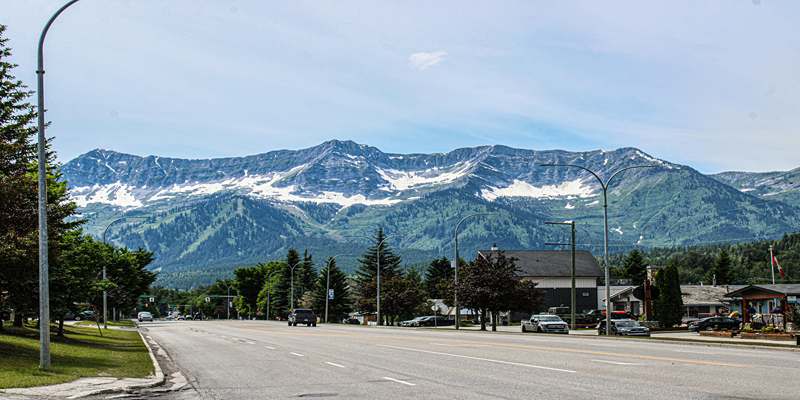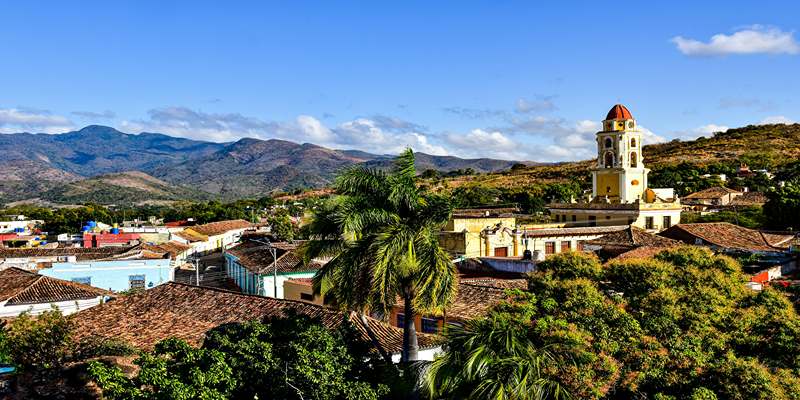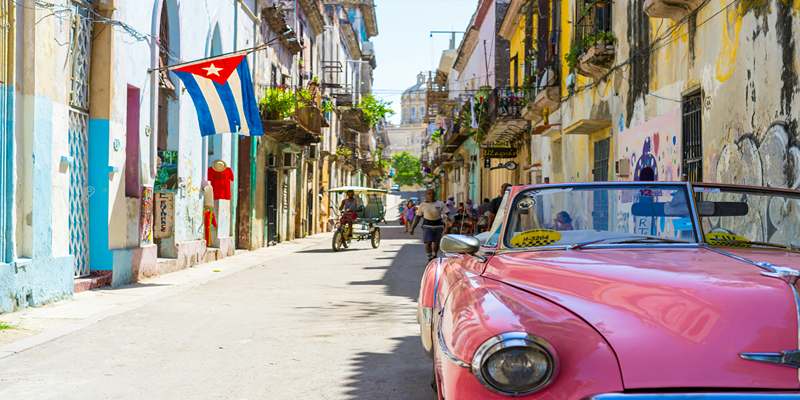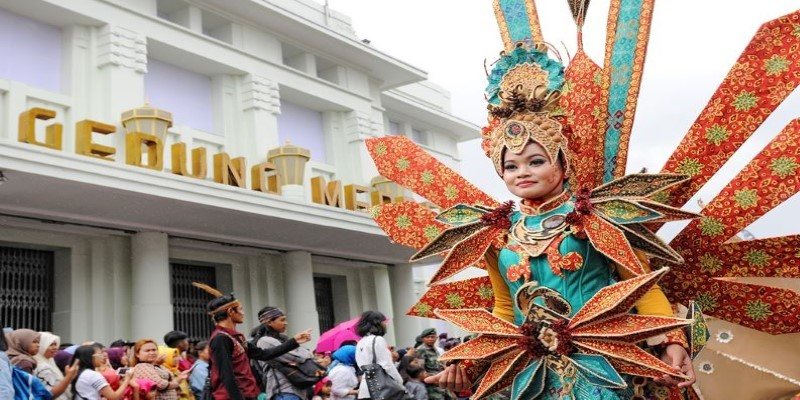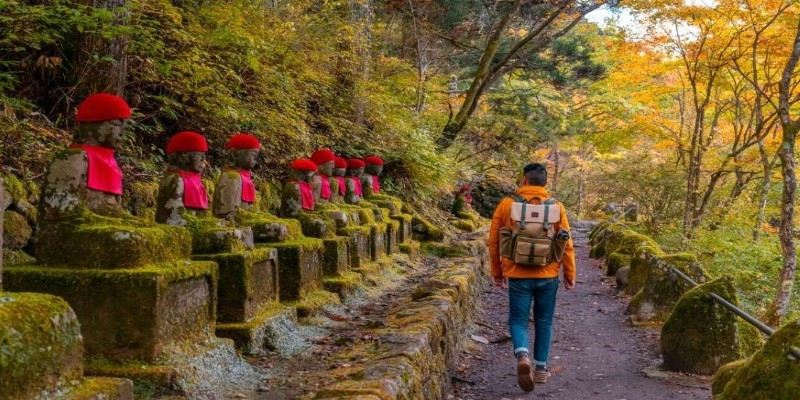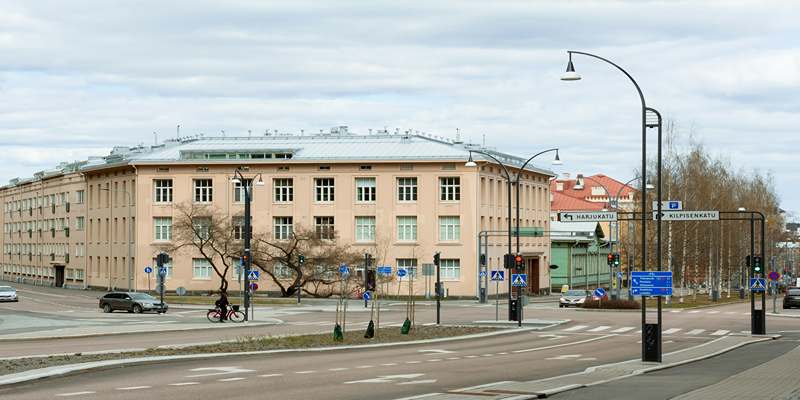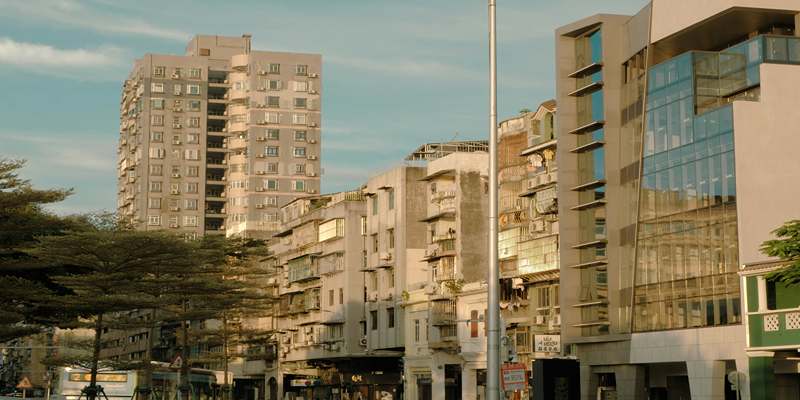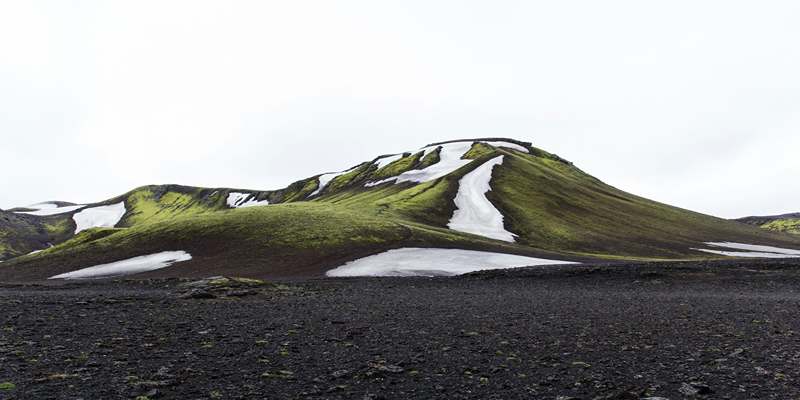There is an amazing colonial heritage on display in Trinidad, Cuba, because it is nestled between the Caribbean Sea and beautiful mountains. Because it is a UNESCO World Heritage Site, this area gets praise for its narrow cobblestone streets, cheerful homes, historical squares, and cheerful mood. No matter if you love learning about architecture, history, nature, or the local way of life, Trinidad has much to show visitors. In this guide, you will find out about top places to visit, cultural events, easy day trips, and several useful tips. You are in for a visit to one of Cuba’s most magnificent colonial cities.
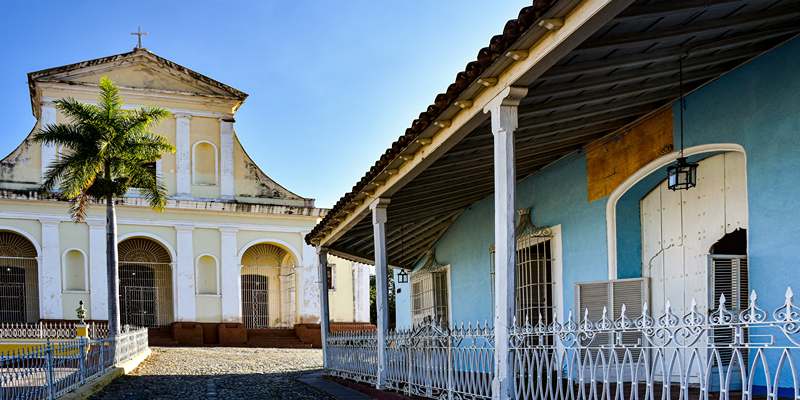
Getting to and Around Trinidad Cuba
Travel Routes to Reach the Colonial City Cuba
Most tourists reach Trinidad from either Havana or Cienfuegos using a private car, sharing a transport bus, or driving in a visitors’ shuttle. It takes about five hours to drive from Havana, and you will enjoy views of the coast and the surrounding country. Because buses are busy during high season in Cuba, it’s best to reserve your tickets in advance if you are traveling then. Flights are offered to the cities around it, although Trinidad has no major airport of its own. Once inside, it’s easy to travel on foot or by bike since the city is not spread out.
Local Transportation and Walking Tips
The best way to see Trinidad’s old streets and squares is on foot. Getting to destinations just outside the center by bike taxi or classic car is both convenient and low-cost. Make sure to wear sturdy shoes, since you’ll probably be walking on uneven cobblestone trails. Having maps and offline apps is useful when there is not much internet where you are. You should book your transport ahead for day trips with either guesthouses or the tourism office. While walking, you have chances to find beautiful colonial gardens, creative murals, and art dealers in this city.
Top Colonial Sites to Explore in Trinidad
Plaza Mayor and Historic Museums
The heart of Trinidad Cuba is Plaza Mayor, a beautifully landscaped square surrounded by colonial mansions and palm trees. It’s the perfect starting point for visitors eager to absorb the city’s historical ambiance. Around the square, several important museums showcase Trinidad’s past, including the Museo Romántico and the Museo de Arquitectura Colonial. These buildings once belonged to wealthy sugar barons and now display period furniture, decorative arts, and architectural features. This area encapsulates the colonial beauty that defines the Trinidad travel guide experience.
Preserved Streets and Colonial Architecture
Houses painted in soft blues, yellows, and pinks are framed by wrought-iron windows and red-tile roofs. Each block holds its own story, with buildings dating back to the 18th and 19th centuries. Horse-drawn carts still make their way through narrow lanes, preserving the feel of another era. Don’t miss Calle Amargura and Calle Real del Jigüe for the most photogenic colonial views. These well-preserved streets make a walk through Trinidad feel like a living museum of Cuban heritage.
Cultural Experiences and Activities
Traditional Crafts, Music, and Dance
Beyond its architecture, Trinidad Cuba thrives with cultural expression. Local artisans sell handcrafted pottery, embroidered linens, and woven hats in open-air markets and studios. Traditional music fills the air in public squares, with bands playing son cubano or trova music in the evenings. Casa de la Música hosts live performances most nights, though many musicians perform casually along the streets. While major concerts aren’t necessary to enjoy the vibe, casual gatherings often turn into dance lessons for tourists and locals alike. These cultural elements provide rich insight into the daily life and rhythm of this colonial Cuban city.
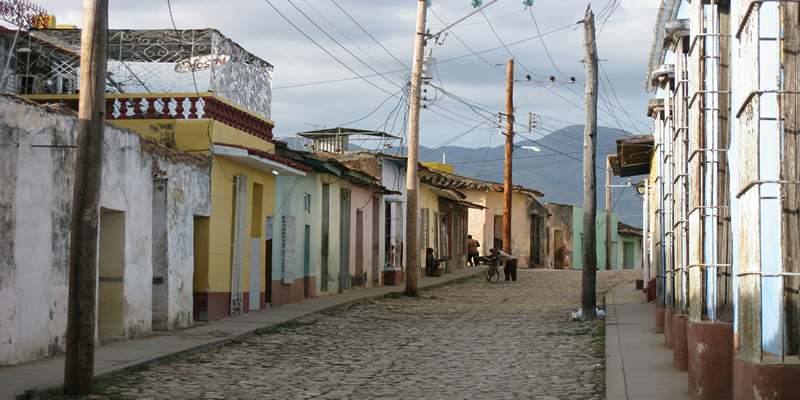
Visiting Art Galleries and Local Workshops
Artistic expression flourishes in Trinidad’s galleries and artisan workshops. The city is home to numerous local artists who showcase Cuban identity through vibrant paintings, sculptures, and ceramics. One must-visit spot is the Taller Alfarero, a ceramics workshop where traditional techniques have been passed down for generations. Many studios are open to the public, allowing visitors to engage with artists and see the creative process firsthand. These spaces offer more than souvenirs—they’re windows into Trinidad’s ongoing cultural evolution. Including gallery stops in your Trinidad travel guide adds another dimension to experiencing the city beyond its colonial façades.
Day Trips and Natural Attractions Near Trinidad
Valle de los Ingenios and Sugar Mill History
The valley is dotted with the ruins of plantation houses, slave quarters, and old mills. The Manaca Iznaga estate is the most iconic, featuring a towering bell tower visitors can climb for sweeping views of the countryside. This site offers an important perspective on the wealth that built colonial Trinidad, as well as the dark history of forced labor that supported it. A visit here is essential for understanding the broader story of Trinidad Cuba’s past.
Hike or Swim at Topes de Collantes
For nature lovers, Topes de Collantes offers a refreshing contrast to the colonial streets. Located in the nearby Escambray Mountains, this protected natural park is ideal for hiking, birdwatching, and swimming in waterfall-fed pools. The Salto del Caburní trail is one of the most popular and takes visitors through lush forest to a cascading waterfall and swimming hole. Tours can be arranged from Trinidad, and it’s a great option for adding outdoor adventure to your Cuba travel guide. With cooler temperatures and scenic views, this natural escape balances out the cultural immersion of the city.
Practical Tips for Your Trinidad Travel Guide
Trinidad Cuba is warm year-round, though the dry season from November to April offers the best travel conditions. Lightweight clothing, a sunhat, and walking shoes are essential. Since cobblestone streets are uneven, sturdy sandals or sneakers are best. Download maps and travel apps before you arrive, as internet connectivity is sporadic. Lastly, consider booking accommodations in advance, especially during peak tourist months. These tips will help ensure your Trinidad Cuba experience is as smooth as it is unforgettable.
Conclusion
Trinidad Cuba is a gem of preserved colonial architecture, rich history, and thriving culture. From its vibrant streets and historic plazas to its artisan markets and nearby mountain trails, it offers something for every traveler. This complete Trinidad travel guide helps you explore its beauty while respecting its heritage. Whether you're wandering old city blocks, visiting sugar mill ruins, or enjoying a local art gallery, Trinidad invites you to slow down and take it all in. When you visit Trinidad Cuba, you step back in time and into one of Cuba’s most charming destinations.

